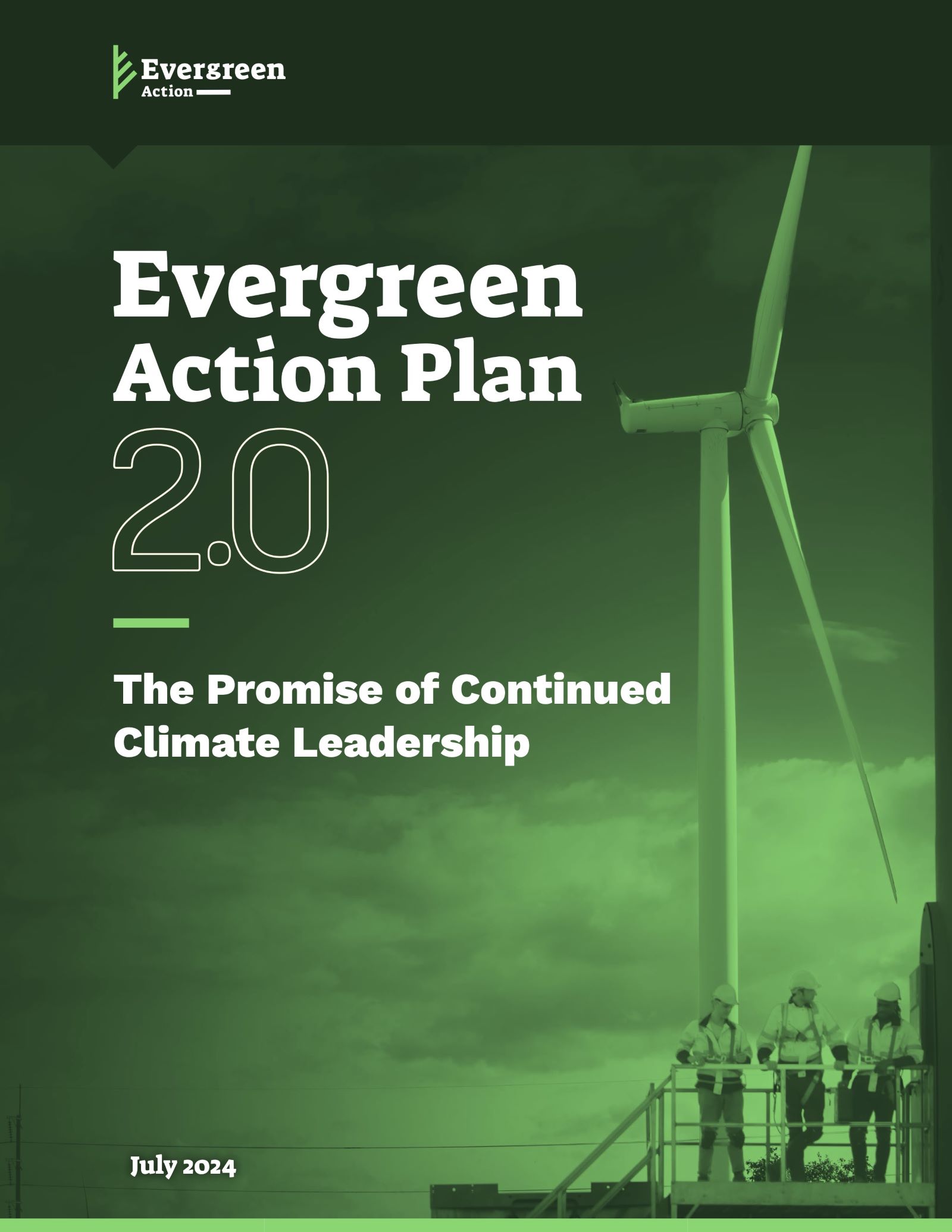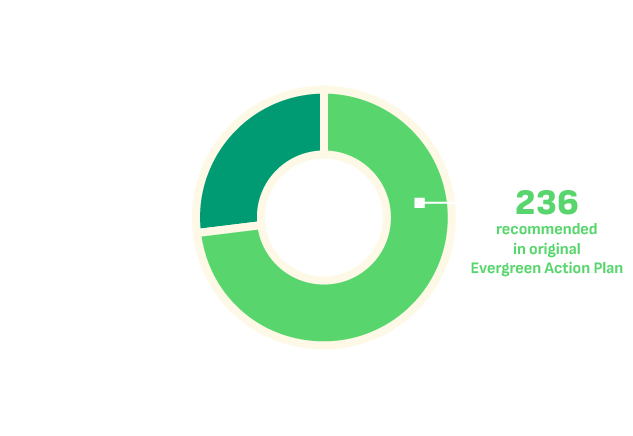The scale of the administration’s work is on a par with that of the greatest shared efforts in our history, from the Apollo Project to the Great Society and the New Deal, delivering sweeping climate and infrastructure legislation with the Inflation Reduction Act (IRA) and the Infrastructure Investment and Jobs Act (IIJA), which have already created hundreds of thousands of jobs across this country and driven forward one of the strongest economies in the world.

